Otherland: Men’s fashion is often conservative. Here is a fashionably different clothesline – it’s for the dreamers, the travellers, the adventurers, the explorers, the lovers and the pioneers.
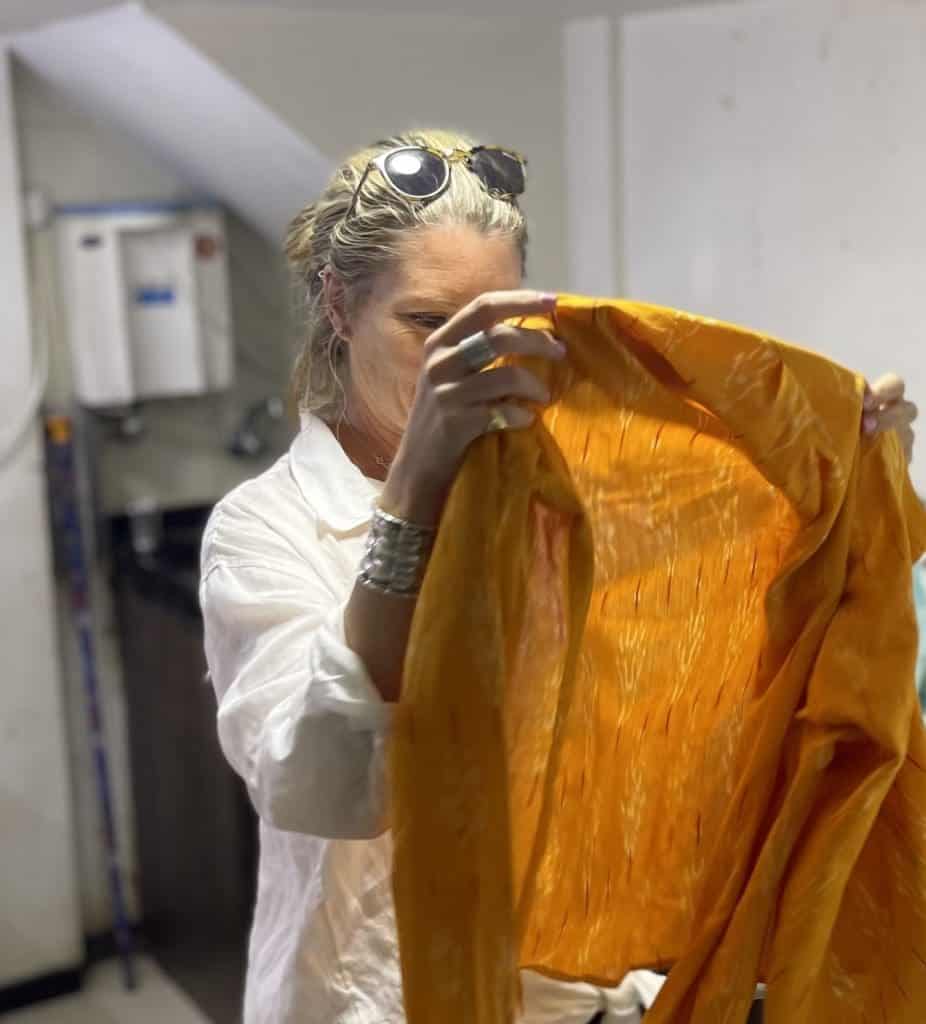
Here is a menswear brand, with a focus on men’s shirts, works with artisan tailors in Jaipur, India, and uses Indian heritage techniques to create unique, one-off designs, that combine Eastern practices with contemporary design.
Female founders Nam Thaker and Jess Henrich, who are from India and Cape Town, want to protect these age-old heritage techniques to create men’s shirts, whilst combining and celebrating their combined love of travel, colour and fashion with a range of individually woven and block printed menswear. They work closely with small collectives of artisans in India, bringing in the influences of Jaipur and Mumbai, to bring them to life, rather than relying on large factories and mass production. This not only supports traditional craftsmanship but also creates a sense of community and empowerment among these artisans.
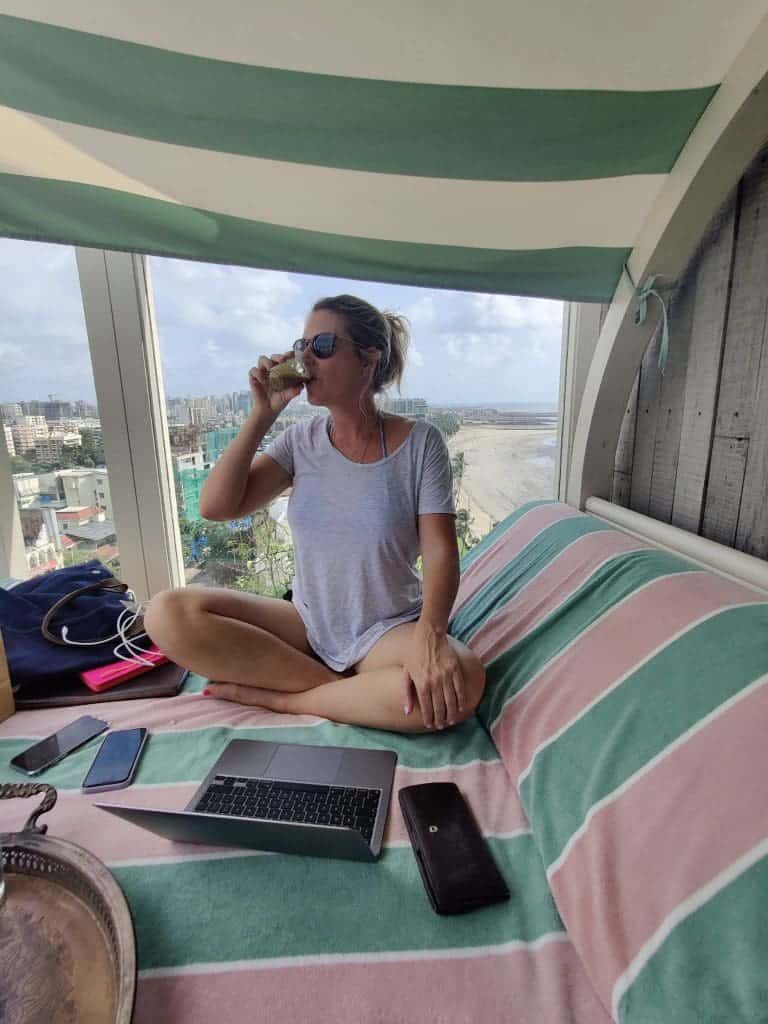
These heritage techniques are used by a small team of Indian female artisans, to create the one-off pieces, thus preserving the history of these practices and why it’s so important to preserve them.
Limited Edition Shirts
The brand is reimagining men’s shirts with its range of fun, vibrant and standout designs in a collection that offers unique and contemporary limited edition shirts that are breaking the mould when it comes to style and design.
The collection features meticulously crafted block print cotton shirts and woven ikat, each showcasing designs and prints that are sure to make a statement and ensure a truly unique product.
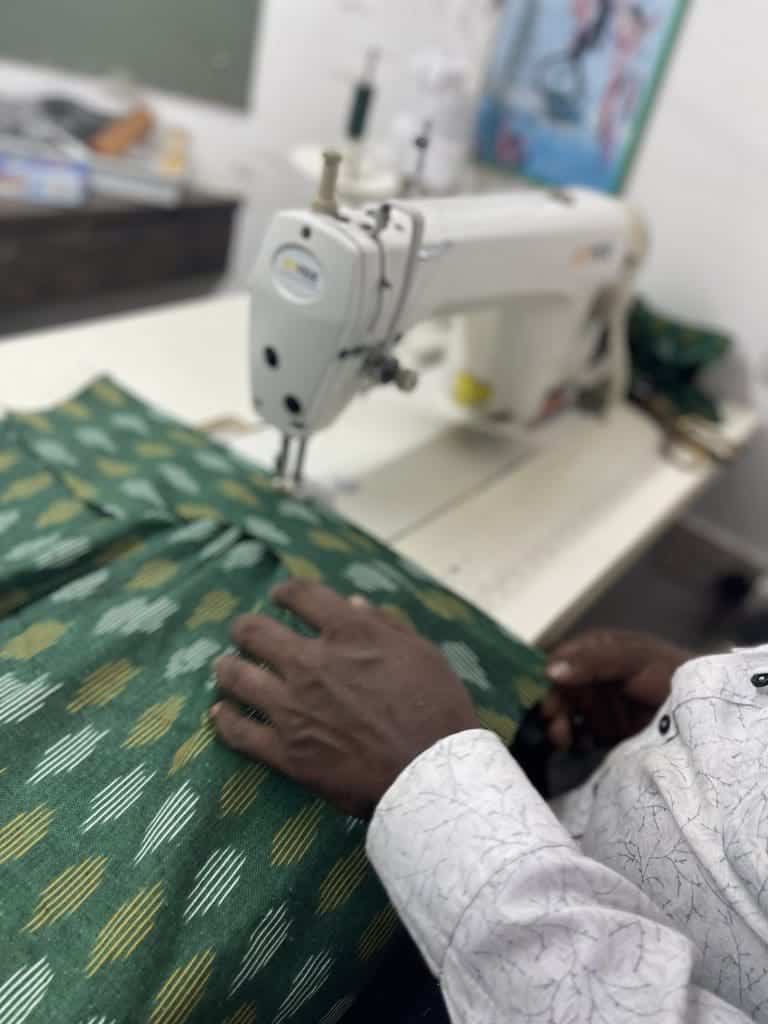
The brand prioritises the use of lightweight and soft organic cotton, ensuring that their shirts are not only stylish but also perfect for the balmy, dreamy days of summer. Through block printing and woven ikat heritage design techniques, each garment is a work of art in itself, where colour, composition and culture combine, inviting the wearer to push the boundaries of modern-day menswear design.
‘We wanted to bring some fun and colour into menswear and build a brand that celebrates freedom of expression and a lust for life. We are travel lovers and constant seekers of other lands and new experiences, it’s in our bones. We wanted to create clothing that deeply embodies this spirit, whilst still being beautifully made and classically fitted.” Says Jess Henrich, co-founder of the brand.
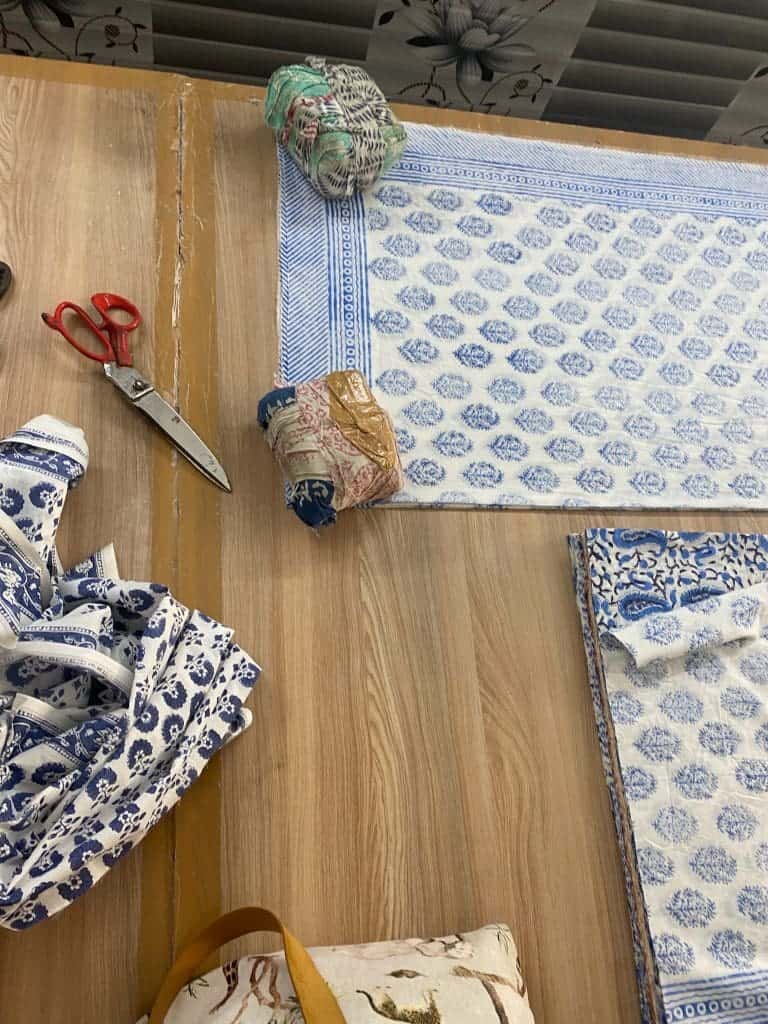
“In essence, our mission is to redefine men’s fashion by blending heritage techniques with small-scale artisanal sourcing, whilst creating clothing that is fun, exciting and enjoyable to wear, and brings joy back to the male wardrobe. We aspire to create the finest men’s shirts in the world, where every purchase represents a commitment to unique style, design and ethical practices,” said Nam Thaker, co-founder of Otherland.
About Nam Thaker and Jess Henrich
Nam and Jess grew up in places where colour is celebrated. Jess spent most of her childhood in Kenya on the island of Lamu, and Nam constantly travelled between India, Malaysia and London. Both have a long-standing love affair with India, Nam because of her heritage, and Jess grew up with an Indian Godfather, and extended family so was immersed in Indian culture and all its gorgeous colours and magic from birth.
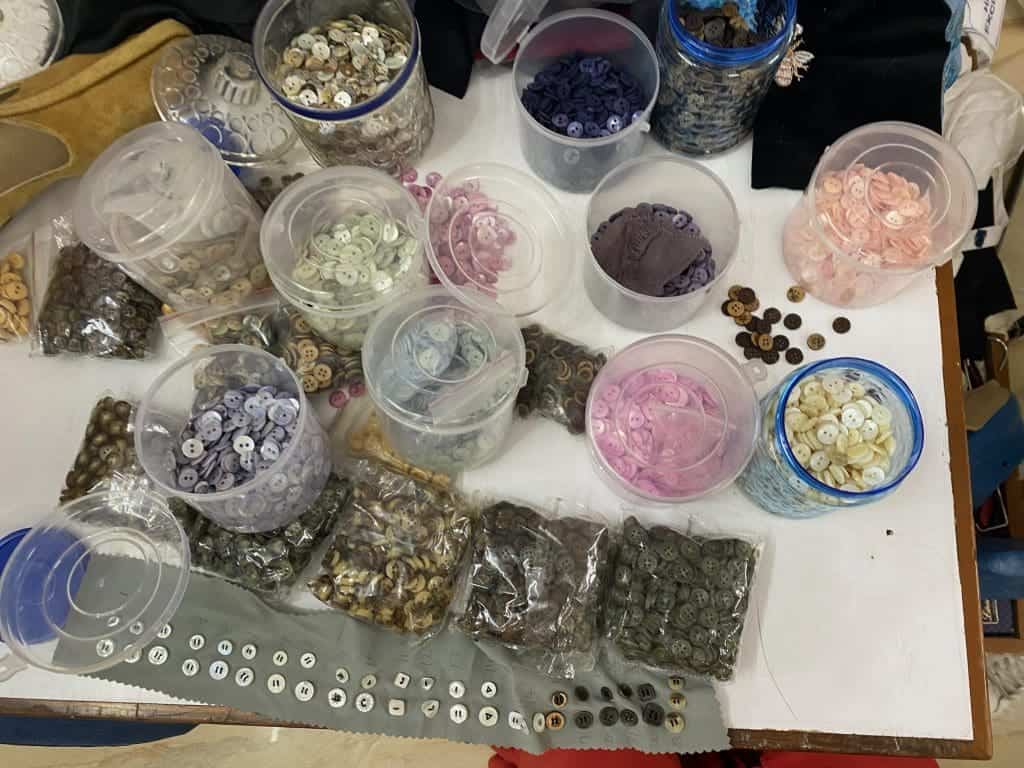
Both have travelled extensively all their lives and exploration is woven deeply into the brand ethos. It’s a brand for the non-conformists, those who challenge the status quo and forge their paths.
Jess’ favourite design technique is the hand-woven Ikat, and Nam’s is hand-block printing.
Shirts fall into three categories.
MULMUL
The Mul range, is the lightest organic cotton. There are loads of digital replicas of this fabric in the world so the founders need to be stringent about pure organic cotton and hand block prints.
CLASSIC COTTON
A tiny bit heavier than our light but still a regular cotton shirt feel. Hand block printed.
IKAT
The same weight as Classic but a different production method, involving contrast dyeing warp or weft yarns pre-weaving,
BLOCK PRINTING
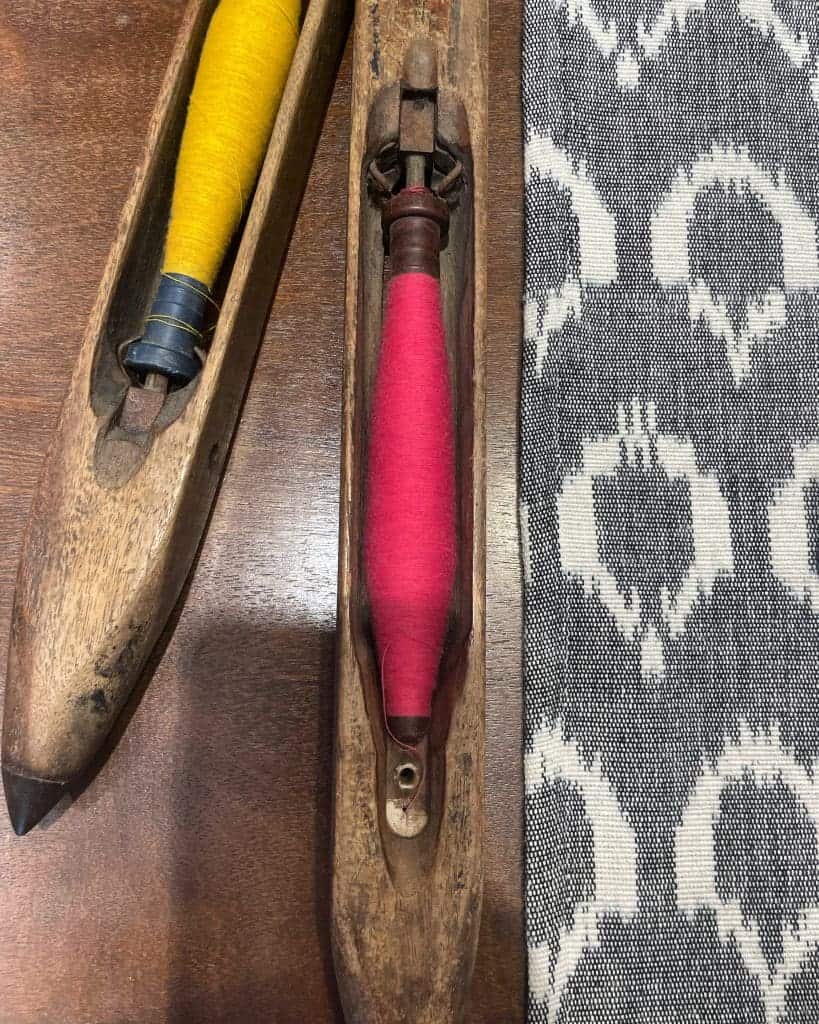
Block printing by hand is a very skilful and labour-intensive art that requires extensive experience to master. Each pattern is first drawn and then hand-carved into wooden blocks. The blocks are then dipped into a dye and hand-stamped by eye onto reels of organic cotton by skilled artisans who layer the patterns if the design is multi-coloured.
This means that compared to other methods (screen prints, digital prints) often dishonestly sold as ‘block printed’, it takes longer to make, has less ‘perfect’ outcomes and is more expensive.
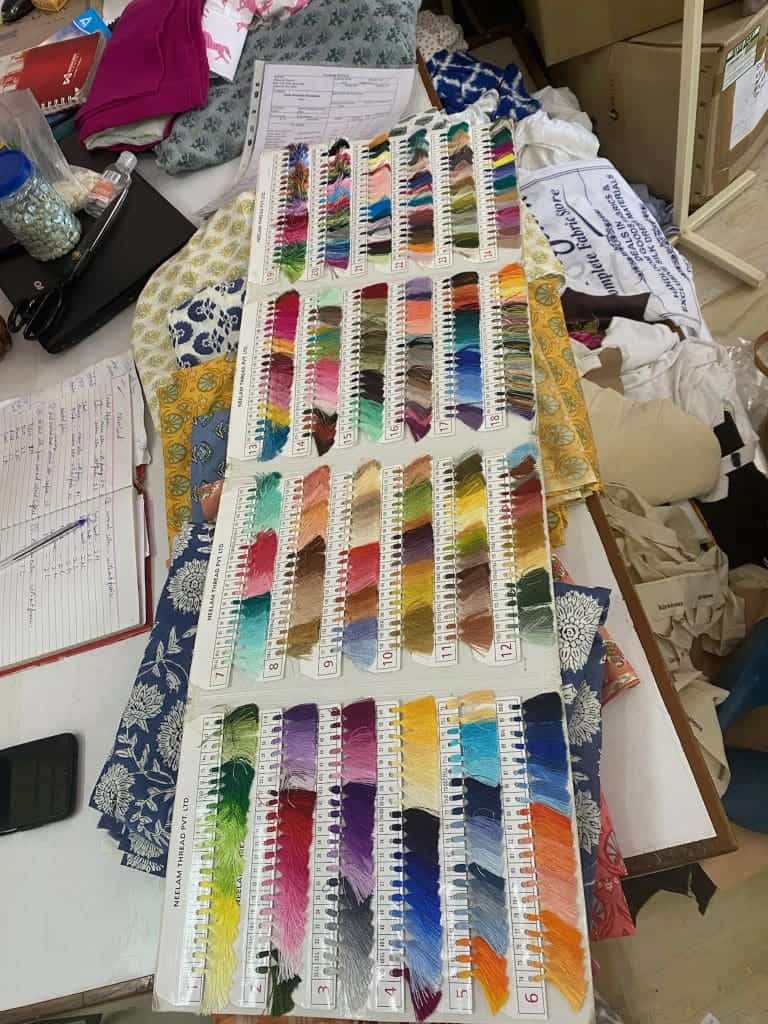
Whilst variability is something some people may not appreciate, these imperfections are what make each piece so special and irresistibly unique. These variations are usually quite subtle, and they are how you can tell if it is an authentic hand-block print item.
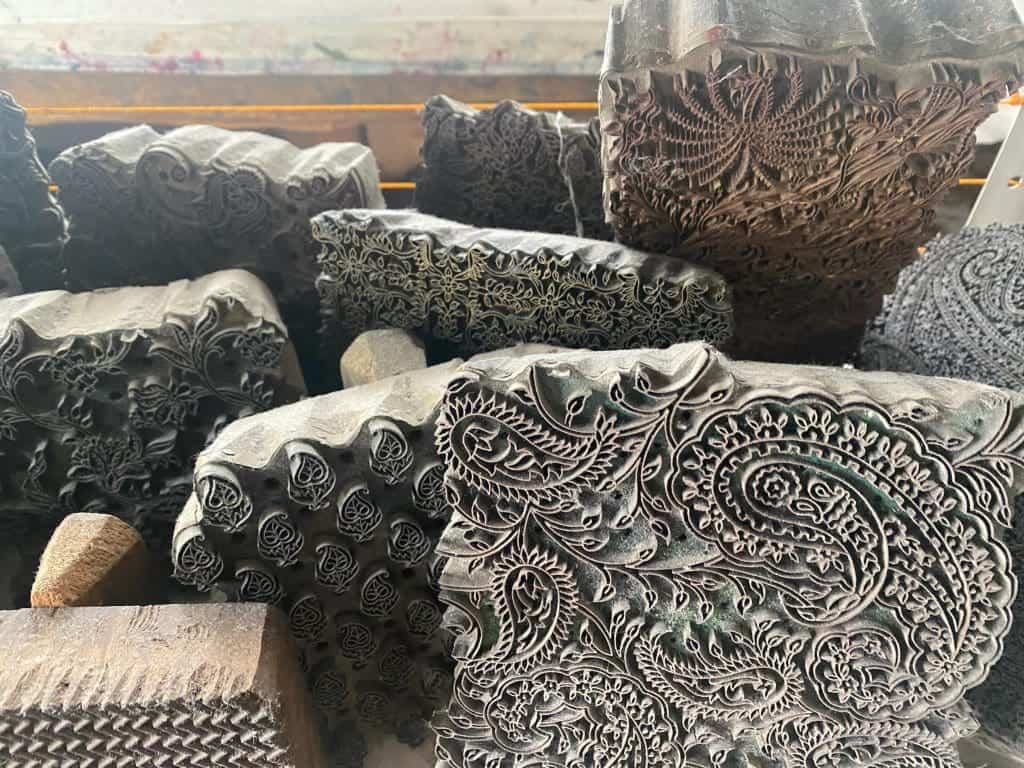
Each pattern is first drawn, then hand carved into a wooden block (+/-3 weeks) then this block, or blocks, depending on the complexity of the pattern, are dipped in dye and hand-stamped on reels of cotton, using only the skill of the artisan. They eyeball it, it is incredible how accurate and fast these artists are.
Each block carries one colour, that is ( if a multi-coloured shirt) then printed over with succeeding colours. The fabric is then fixed, washed and left to dry before it goes to the tailors.
IKAT
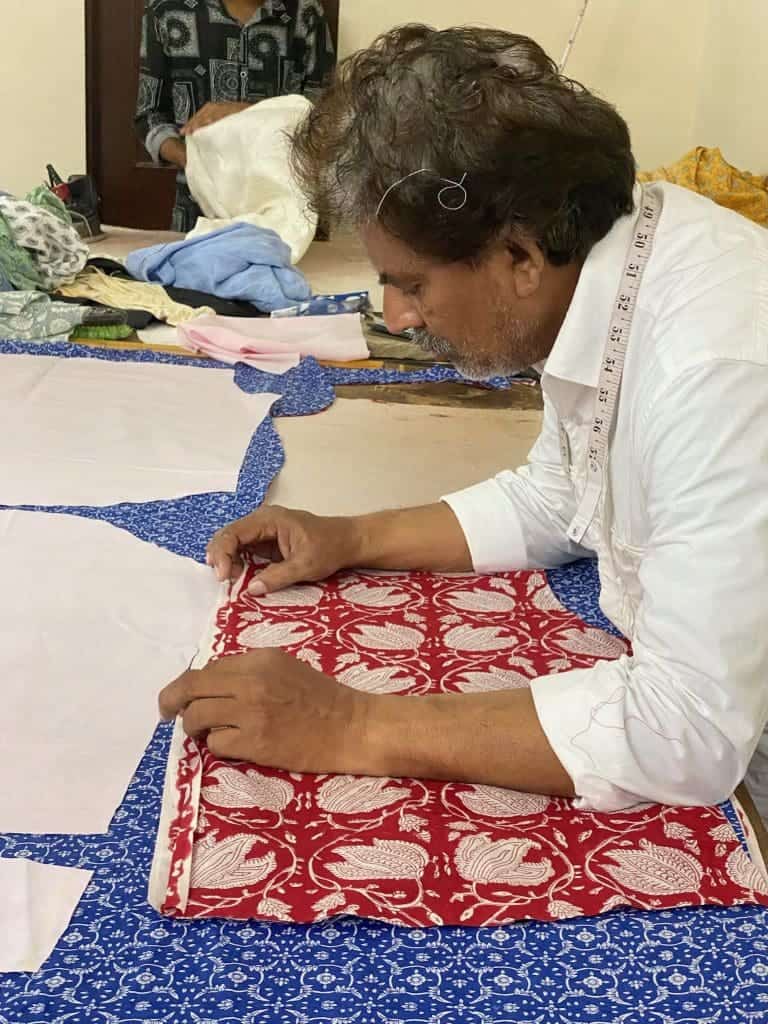
Woven cotton is otherwise known as Ikat. Ikat is said to have originated from Indonesia and is a very specific way of weaving cotton. Ikat fabrics are beautiful, intriguing and always in style. The pattern is not applied to the surface of a finished fabric nor is it woven into the fabric structurally. Instead, part of the yarn is protected before dyeing, colouring everywhere except under the binding to create an almost tie-dye like effect.
While other types of patterning come in and out of fashion, there is something about Ikat that manages to always stay relevant.
These too have printed varieties but the founders don’t want it to just look woven, it’s got to be woven. The true method is a complex and time-consuming one, colouring fabric in patterns by resist dyeing. The pattern is not applied to the surface of a finished fabric, nor is it woven into the fabric structurally. Instead, parts of the yarns for the warp and/or weft are protected with a resist before dyeing.
The dye then colours the yarn everywhere except under the binding, kind of like tie-dye, but on individual yarn. After dyeing, the resist bindings are removed and the pattern appears undyed on a coloured background. When dyeing is complete, the yarn is then woven into fabric.
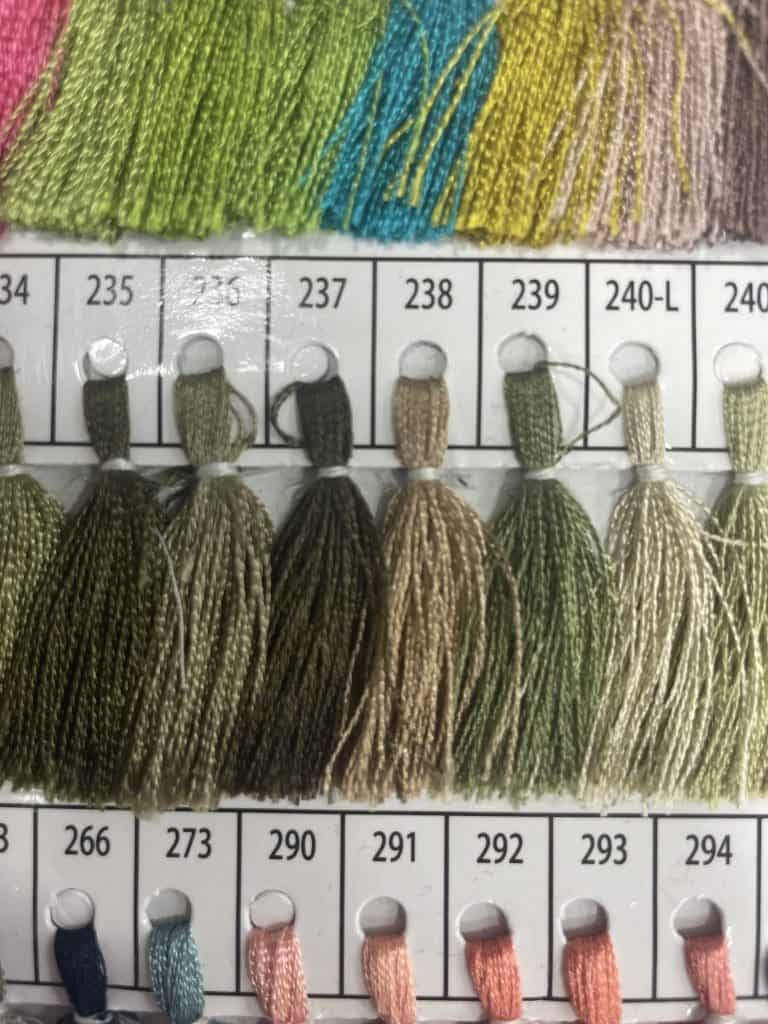
BELTS
Gorgeous leather belts are hand-beaded using a traditional technique from the Maasai artisans from Kenya. The Maasai are known to be one of the oldest and culturally rich communities. They are a Nilotic ethnic group, predominantly settled in Kenya and northern Tanzania.
In the Maasai tribe, traditionally it is considered a social duty for women to learn how to make beaded jewellery. The jewellery is not only a symbol of beauty but is also seen as a cultural and social symbol. For important ceremonies or rituals, Maasai women make jewellery for their family members, and the warriors are adorned with many layers of colourful beads. Taking this a step further we have the Maasai beaded belt.
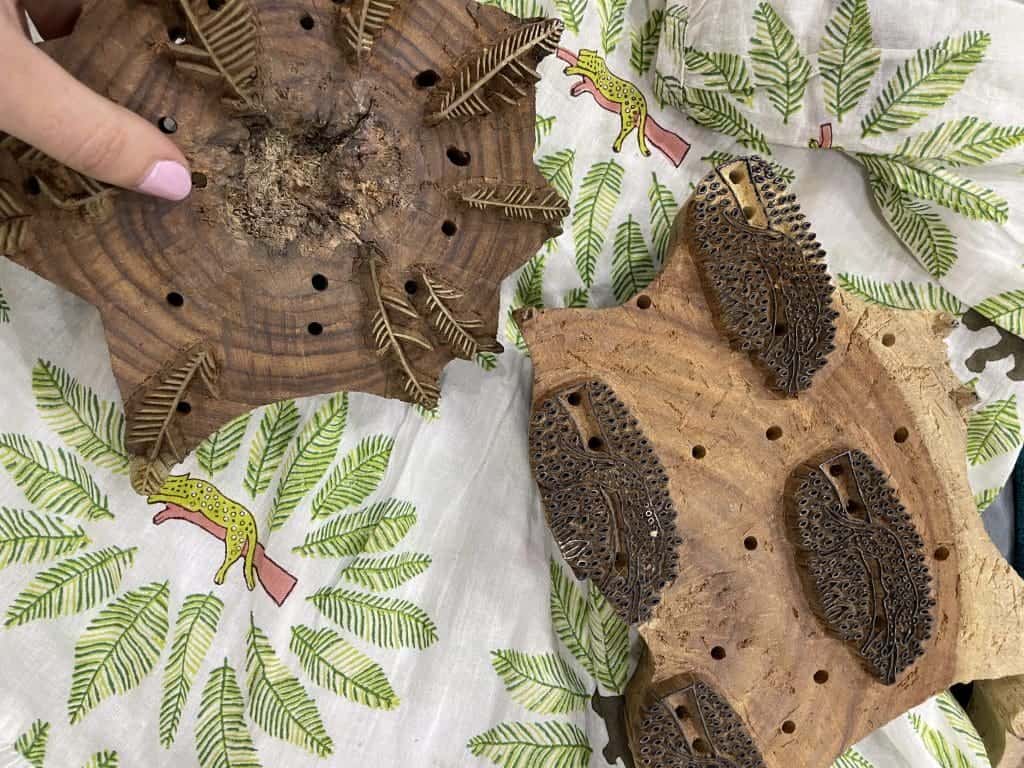
The founders work with a women’s collective which means each belt is hand-stitched by one person before being shipped out. First, the thread is made by unravelling grain bags and weaving a super strong- and upcycled thread, and then each bead is strung on thread, and manually punched through the leather in predesigned patterns ( often rough sketches). It takes on average 4 days for one of these belts to be made.
Read more: Latest



